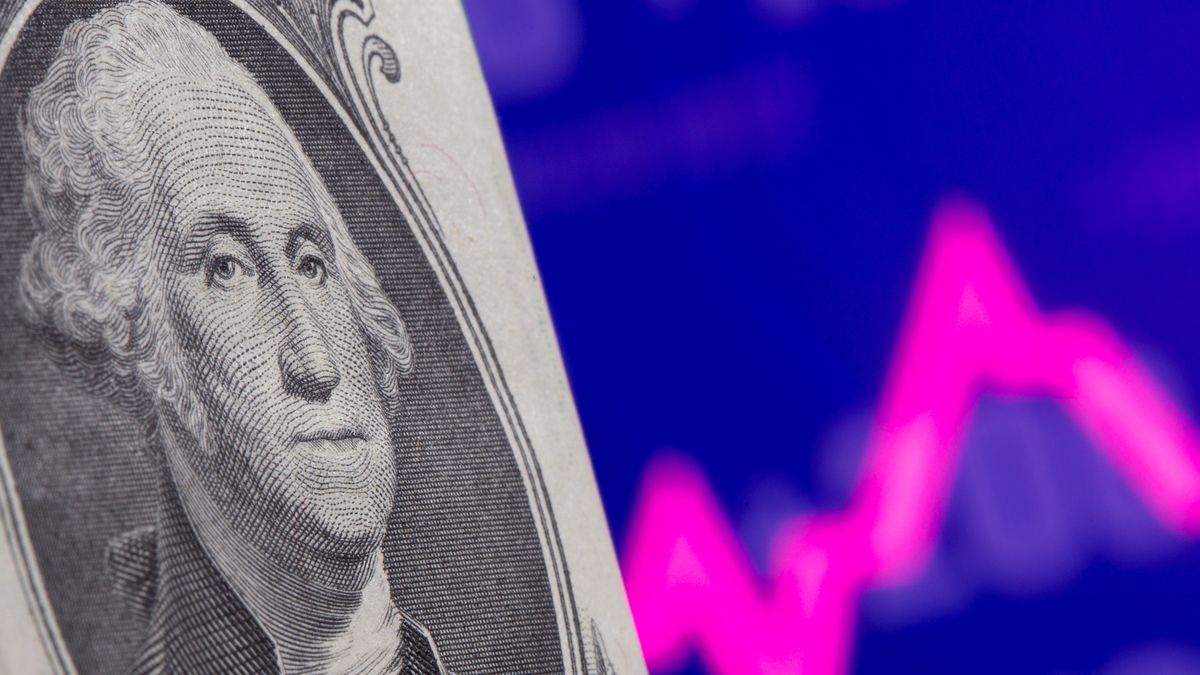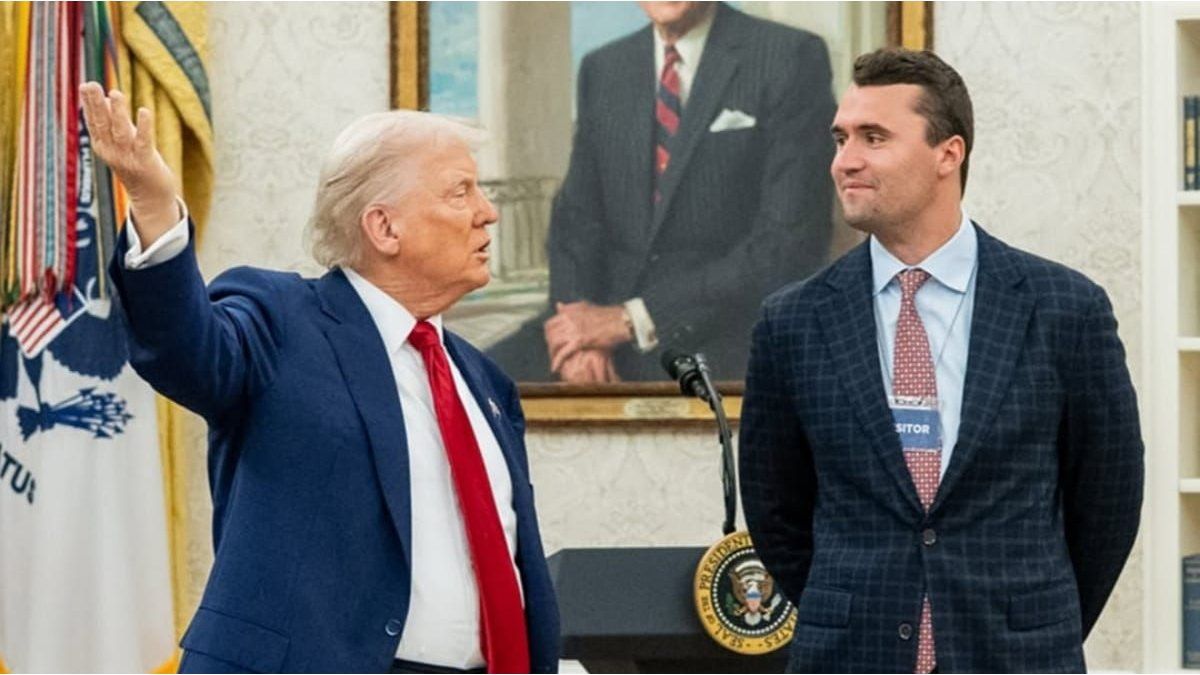As stated in the staff report of the last review of the agreement with the International Monetary Fund (IMF)the date for the exchange rate unification would be close to June. At that moment there would be the possibility of lifting the trap. But, in the meantime, the Government has to ensure that the gaps between the different versions of the dollar tend to closeso that when the obstacles are removed the correction is minimal.
Some data allows us to see where the Government is going. If the blue dollar continues to decline as it has been showing since January 31, it will soon be tied with the importing exchange rate. In the last round the The gap between them was close to 20%.
Embed
Importing Dollar: $972 (828+17.5%)
vs
Dollar Blue: $116020% Gap.
Hey
— Fernando Marull (@FernandoMarull) February 6, 2024
This is what the economist highlighted Fernando Marull in one of his posts on social networks, where he states that with an official dollar at $828 plus the PAIS Tax of 17.5% the value rises to $972against a blue at $1,160.
From the point of view of the operation of the importing companies, the reduction of the gap has zero effectbut it does have it in the case of the internal prices of the economy. The more similar both quotes are, the less expensive it will be to lift the restrictions. The correction to the exchange rate would be minimal or nonexistent and that objective is aimed at. 20 days ago the gap had risen to 60% and now it is at 35%
In that case, if the comparison is against the Counted with Settlement (CCL), which is the alternative way for companies to pay for imports, the spread is 30%. Which implies that the imported dollar is close to the value of the “street” dollar, which is what the public usually has in mind and plays into inflationary expectations.
What the Casa Rosada say about the dollar
In government They tell “off the record” something that is already written in the papers agreed with the organization that leads Kristalina Georgieva, what for mid-2024 The commitment to lift the restrictions has been signed.
“Now The next step is to remove the trap. It is the conviction and the plan of the President that it be eliminated no later than June,” summarized a source with an office at Balcarce 50, while warning that to meet the goal a series of conditions must be met.
The scenario desired by the Government is that after the “honesty of prices”, after the summer, changes will be applied to the economy that will enable a decline in inflation for the coming months.
What analysts think
Andres Reschini, from F2 Financial Solutions, highlights that the IMF statement says that “if conditions permit” restrictions are going to be lifted. Among other issues, he warns that at this time the production of this year’s harvest is not certain. In the core area, in Santa Fe, it should start raining in the next few days so that the soybeans are not affected.
In that sense, the economist Salvador Distéfano points out in a recent report that “the wholesale dollar rose 2.2% in the month of January and stood at $826.3, the annual variation rate is 342.1%.”
“If the inflation for the month of January was 23%, the annualized inflation would be 261.3%. Clearly There is no exchange delay, for now and only for now. If the Government continues to devalue at a monthly rate of 2.2% as in January, by the month of March the annualized devaluation rate and inflation rate could be equal. This implies that the Government should announce a change of course in monetary and exchange rate policy by April,” he noted.
Source: Ambito




